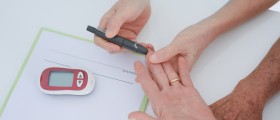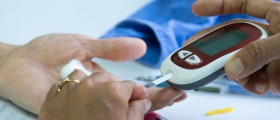
What exactly is prediabetes?
Prediabetes is a medical term that refers to the condition when the level of blood sugar is higher than the normal, but when it is still not high enough to be considered the symptom of the type 2 diabetes. People with prediabetes may only develop type 2 diabetes, but it is also a fact that they are very likely to suffer from serious damage of heart and cardiovascular system, for example, if they leave this condition untreated, or if they suffer from it for a longer period of time. Still, even though all this might sound very threatening and serious, the fact is that, the person does not necessarily have to develop type 2 diabetes.
The good thing about prediabetes is that, in a way, it can even be beneficial, because it is something like a sign of warning that indicates that a person needs to change the lifestyle, and turn to healthier habits regarding nutrition, physical activity, etc. The real cause of prediabetes has not been determined yet, but the scientists are sure that besides typical factors that make a person more prone to this condition, the genes that are resistant to insulin also have something to do with it.
What are the symptoms of prediabetes?
When it comes to the symptoms of prediabetes, the fact is that this condition is very rarely indicated by any signs. In some cases, it is possible to notice the change of the skin on neck, for example, or elbows, knees, and knuckles, because the skin in these areas tends to darken, but besides that, this condition can only be detected if the level of blood sugar is measured.
People who are suspecting of prediabetes should have in mind the symptoms that are typical of type 2 diabetes, and these symptoms include increased thirst and constant hunger, frequent urination, tiredness, slower healing of wounds and bruises, weight loss or weight gain, blurred vision, and others.
However, those who should visit the doctor as soon as possible are those with body mass index over 25, those who have this disease running in the family, and, for example, women who developed gestational diabetes during pregnancy.
There are also certain factors that increase the chances of developing this type of diabetes, and these factors refer to physical inactivity, being overweight, being of Hispanic or African-American race, or of some other race that is more susceptible to prediabetes than others, suffering from high blood pressure or high levels of triglycerides.

















Your thoughts on this
Loading...